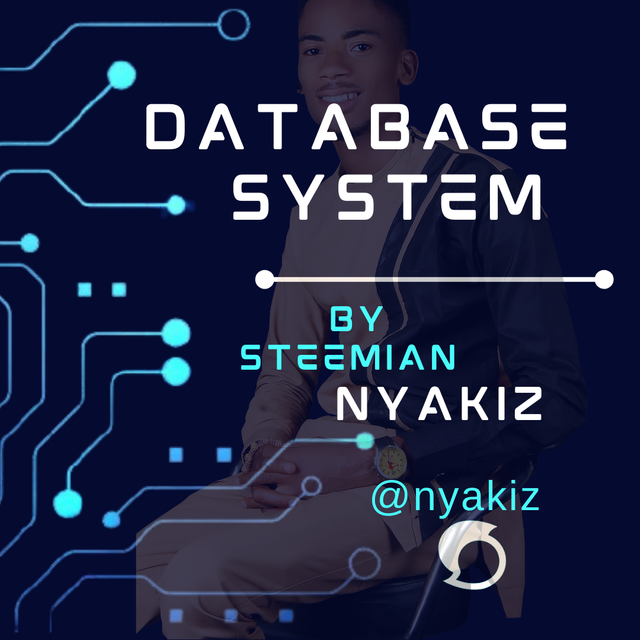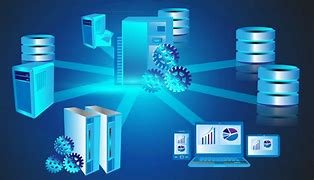DATABASE SYSTEM

WHAT IS DATABASE SYSTEM?
A database is a collection of organized data that is stored in a way that allows for efficient retrieval and manipulation. A database can be thought of as an electronic filing system that allows you to store, update, and retrieve data as needed.
CHARACTERISTICS OF DATABASE
COLLECTION OF DATA: A database is a collection of data that is related to a particular topic or purpose.
ORGANIZED DATA: The data in a database is organized in a way that makes it easy to access and manipulate.
STORAGE: A database is stored on a computer or server, and can be accessed through various software applications.
RETRIEVAL: Data can be retrieved from a database through queries, which are requests for specific information.
MANIPULATION: Data in a database can be updated, deleted, or modified as needed.
TYPES OF DATABASE SYSTEM
• RELATIONAL DATABASES: Organize data into tables with defined relationships between them.
• NOSQL DATABASES: Store data in a variety of formats, such as key-value pairs or documents.
• GRAPH DATABASES: Designed to store and query data that is interconnected.
• TIME-SERIES DATABASES: Optimized for storing and retrieving large amounts of time-stamped data.
Databases are used in a wide range of applications, including:
- Customer relationship management (CRM) systems
- Enterprise resource planning (ERP) systems
- Online shopping platforms
- Social media platforms
- Mobile apps

Some popular database management systems (DBMS) include:
- MySQL
- PostgreSQL
- Microsoft SQL Server
- Oracle
- MongoDB
BENEFITS OF DATA INDEPENDENCE
Data independence refers to the ability of a computer system or application to function without being tied to a specific database or data storage system. This means that the system or application can work with different databases or data sources, and can switch between them without requiring significant changes to the code or architecture.
Data independence is achieved through various techniques, including:
Abstraction: Using abstract interfaces and APIs to interact with data, rather than relying on specific database implementations.Standardization: Using standard data formats and protocols to facilitate communication between different systems and databases.Decoupling: Separating the application logic from the data storage and retrieval logic, using layers or microservices.Data virtualization: Creating a virtual layer that abstracts the underlying data sources, providing a unified interface for applications to access data.

Benefits of data independence include:
- Flexibility: Ability to switch between different databases or data sources without significant changes to the application.
- Scalability: Ability to handle large amounts of data from various sources.
- Interoperability: Ability to integrate with different systems and applications.
- Reduced vendor lock-in: Ability to change databases or data sources without being tied to a specific vendor.
- Improved maintainability: Ability to modify or replace data storage and retrieval logic without affecting the application logic.
Data independence is essential in modern computing, as it enables applications to adapt to changing data landscapes, integrate with various systems, and scale efficiently.
Congratulations, your post is upvoted by CCS curation trail from CCS - A community by witness @visionaer3003.
Vote for @visionaer3003 as witness.